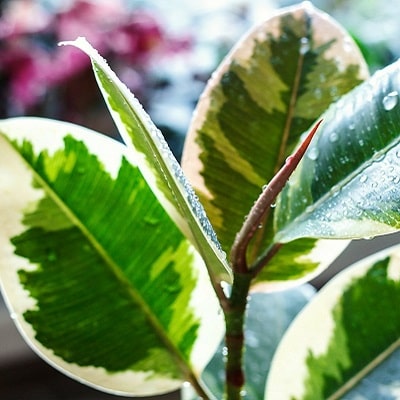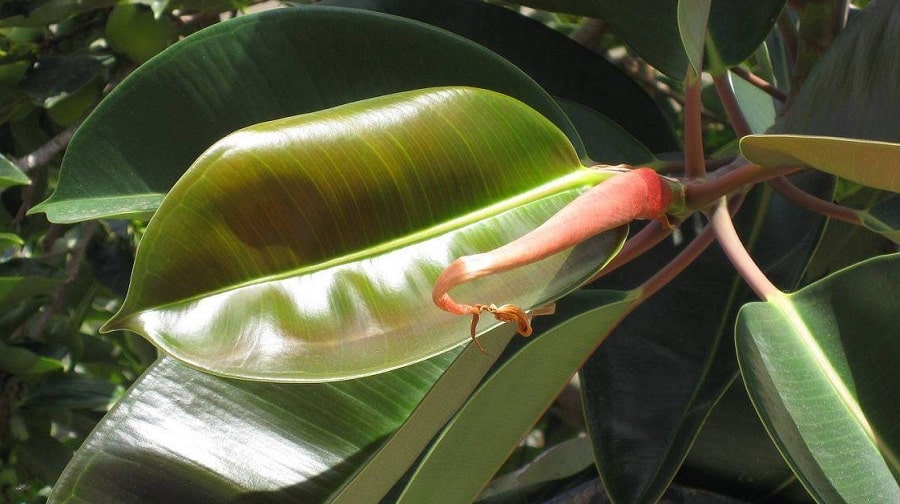
The rubber-bearing ficus: All the care secrets
The rubber-bearing ficus is regarded as one of the most undemanding indoor plants. However, for the flower to be beautiful and healthy, you need to know the basic rules of care.
Rules for watering the ficus
One of the basic requirements for caring for the plant is regular and correct watering. In summer the ficus needs plenty of water and in winter you just need to make sure the soil does not dry out. In general, you don’t have to worry about watering accidentally. Ficus is a humid plant and should additionally be sprayed and wiped with a damp cloth in summer. Make sure that the plant is not exposed to direct sunlight.
Additional care for ficus
The leaves can be made shinier. Dilute 1:1 warm milk in water and rub the liquid onto the leaves. The leaves will begin to shine after a while.
Temperature and humidity
The temperature and humidity are very simple. Room temperature is suitable for the rubber-bearing ficus, and the humidity of the air is of no importance.
Lighting the plant
It is worth remembering that the ficus likes diffused bright light. If the plant is placed in the shade, it will gradually fade and the leaves will become dull and fall off. As a result, the flower will just look like a bare trunk that will be constantly reaching for the light.

Danger of draughts
Constant draughts can cause serious damage to the ficus. You should therefore decide on a location for the plant prior to purchase. It should stand where there is no draught.
Feeding
Ficus plants need regular fertilisers. This should be done approximately every fortnight. Both mineral and organic fertilisers are suitable. However, it is important to know how to do this correctly. Water the plant generously a few days before fertilising. If the plant has just been transplanted into a new pot, it is best not to apply fertiliser for the first few months.
Repotting details
All young ficuses need to be transplanted annually. And it is best to move the plant to a slightly larger container than the previous one, rather than to the largest pot at once. Mature plants should be transplanted every few years. However, the top layer of soil should be renewed every year. The new soil should consist of river sand, sod soil and leafy mulch. Or you can purchase ready-made ficus soil. To improve drainage, a layer of claydite should be placed at the bottom of the pot.
Ficus propagation
The most common way to propagate ficuses is by cuttings. To do this, young twigs are carefully cut from the plant. They are then washed under running water and then placed in a container of water. The cuttings should then be allowed to develop the first roots and then transferred to a pot with soil. This should be done in spring or early summer.
Diseases
If the plant is properly cared for, there should be no problems with it. However, in some cases, ficus owners make mistakes. As a result, the flower may become diseased. This manifests itself most often in the fact that it begins to lose its leaves abruptly. If this happens, you need to find out what the cause is. The problem is usually due to improper watering or exposure to direct sunlight. It is sufficient to move the plant to a different location and provide it with sufficient moisture to get it healthy again.
